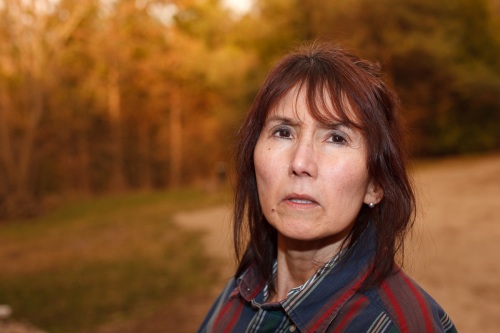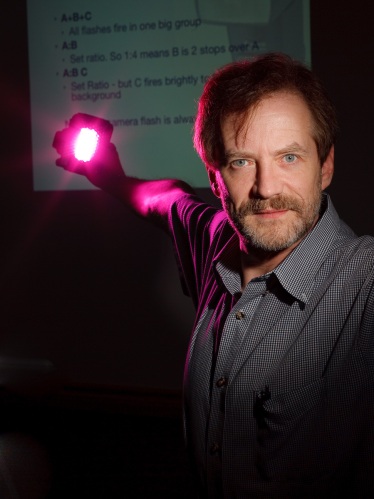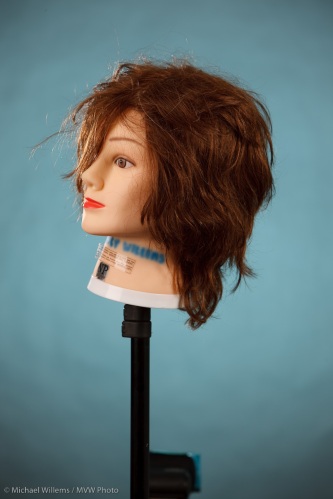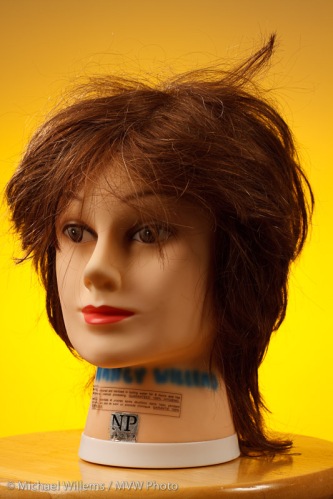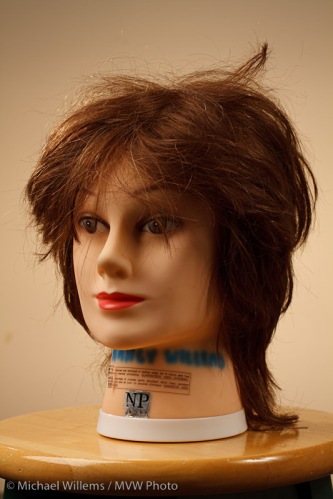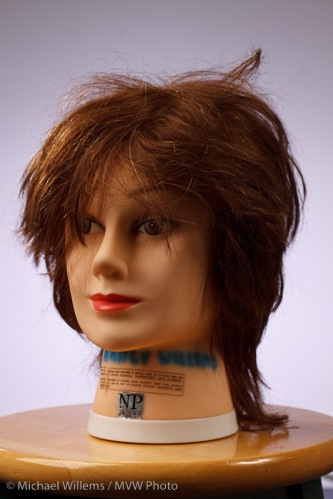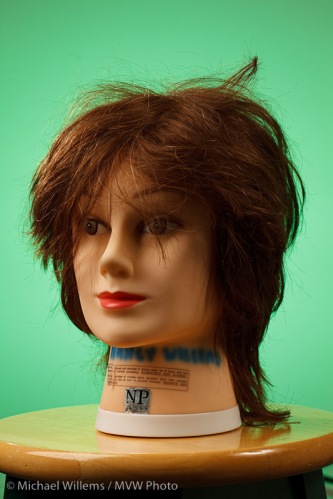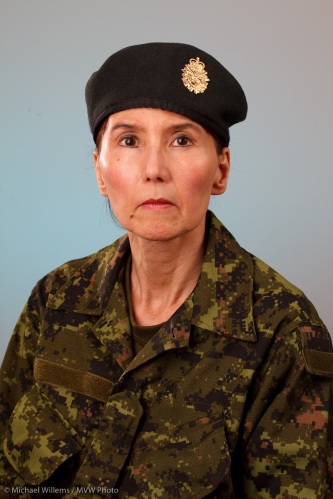I shot a night club yesterday.
Dark (black) walls, low light, stark modern furniture, not easy to shoot.
First, I used a wide angle lens (16-35 on a full frame camera). That got me the ability to get it all in, as well as freedom from focus and shake worries (the wider a lens, the easier it is to shoot at low speeds and the easier it is to focus on everything). I used a tripod, so the low speeds did not matter, but the focus all the more.
Available light was dull. Like this:

Night Club using simple light
So I got out my bag of tricks:
- A Pocketwizard on the camera
- Four small flashes with pocketwizards: for the next shot I used one 430EX through a white umbrella and one direct, equipped with a red Honl Photo gel.
- I set the flashes’ power levels manually, using simple trial and error and the histogram.
Now I got this:
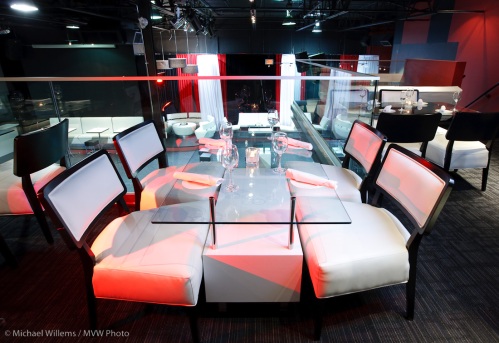
Nightclub using speedlights and gels
Isn’t that much more interesting?
Same here in the following picture. First, with just the flash in the umbrella:

Not bad, but a bit like a furniture catalog. How about with a nice red gelled flash also:
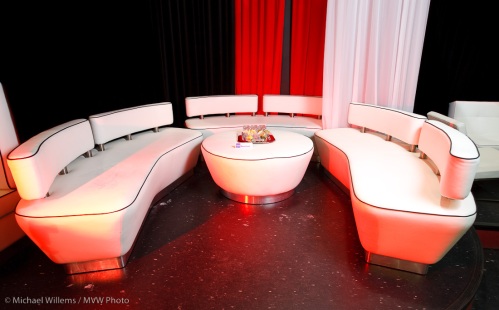
More like a club where things are happening.
The following shows part of my setup for another part of the room, with alcoves:

Which, when properly positioned, got me pictures like this:
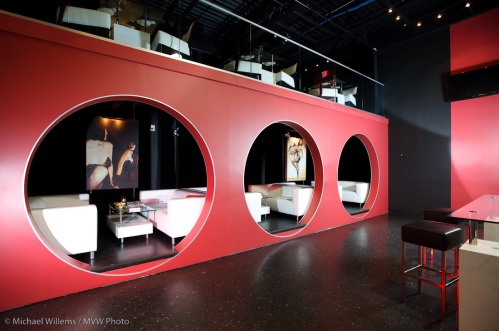
Look at the stool’s legs: do you see how much difference that red accent makes?
Later still I used a white umbrella plus a red gelled 430, a Honl Folies Purple gelled 430EX in the dance cubicle upstairs, and a red plus an egg-yellow gelled 430 as well. All of this done with Honl gels and Honl speedstraps.
Before:

..and after:

Of course some scenery needed no gels to pretty it up, just one bounce flash:

I did have to move her to the right where the bar had a small ceiling area to bounce off.














